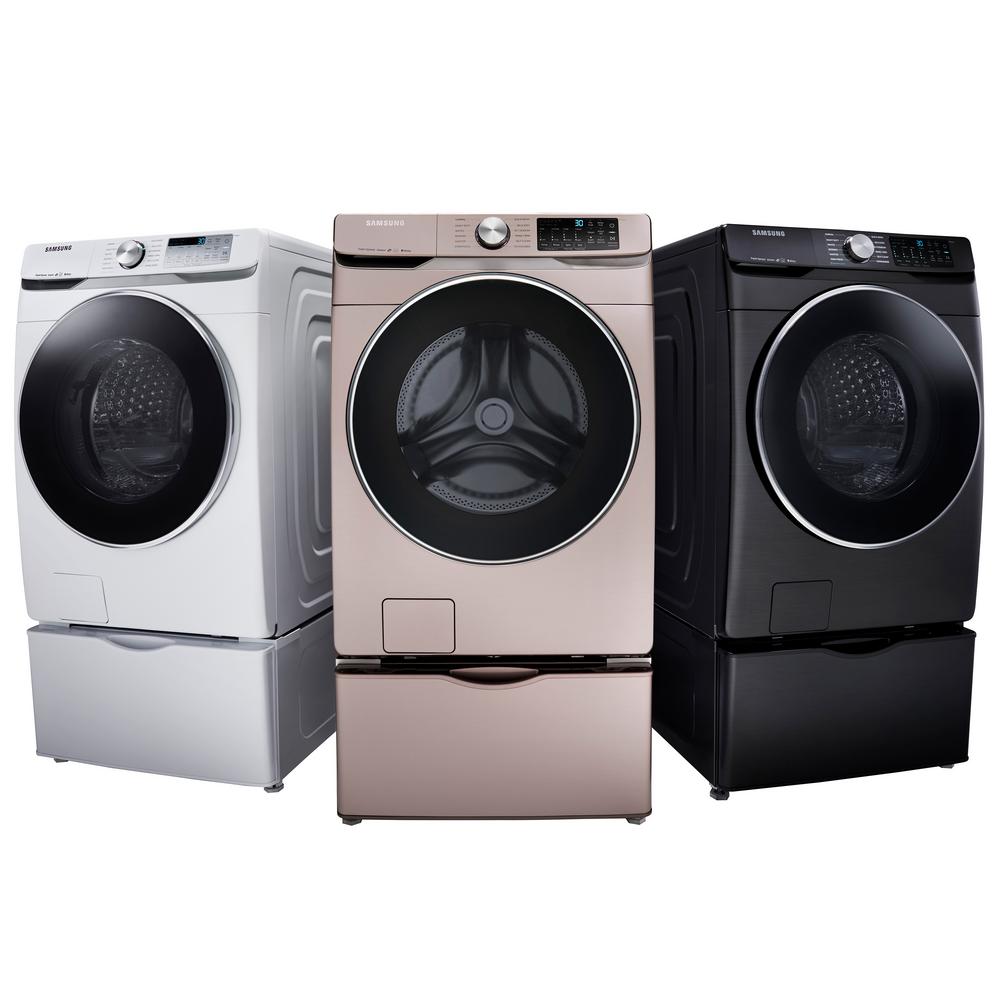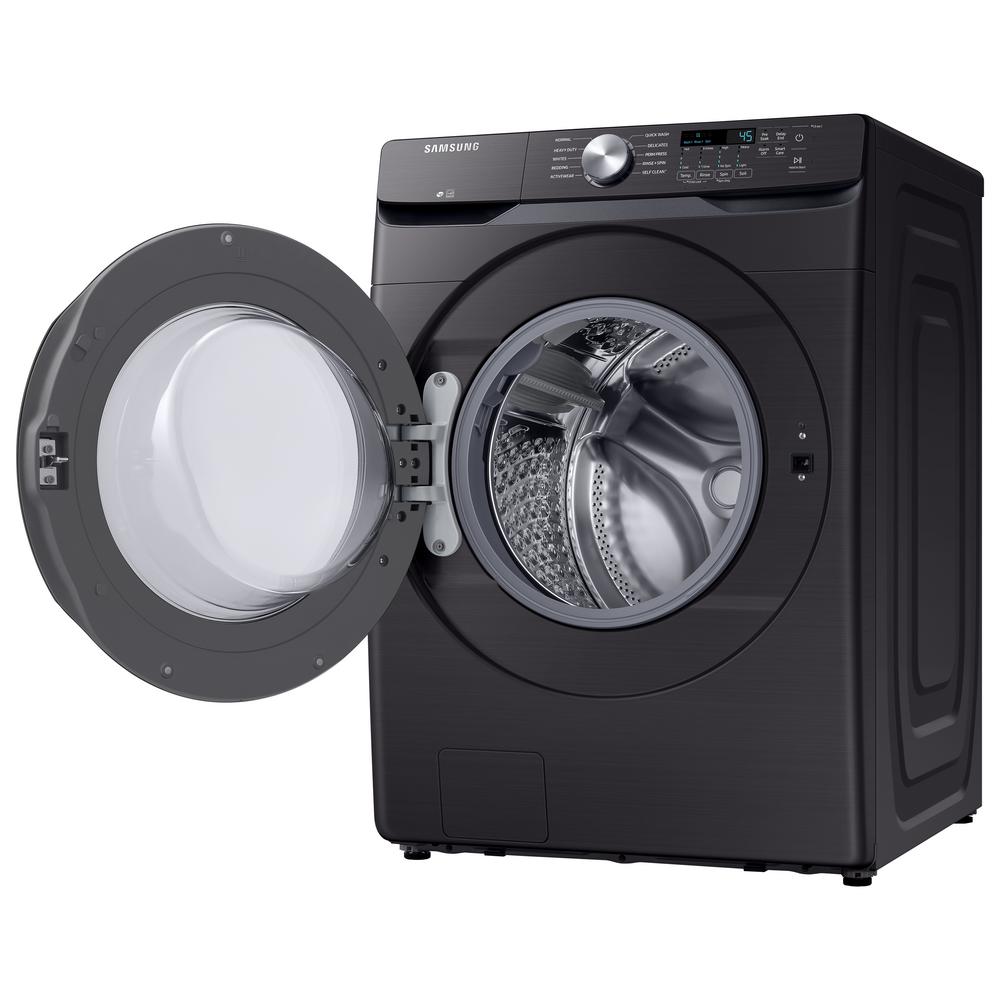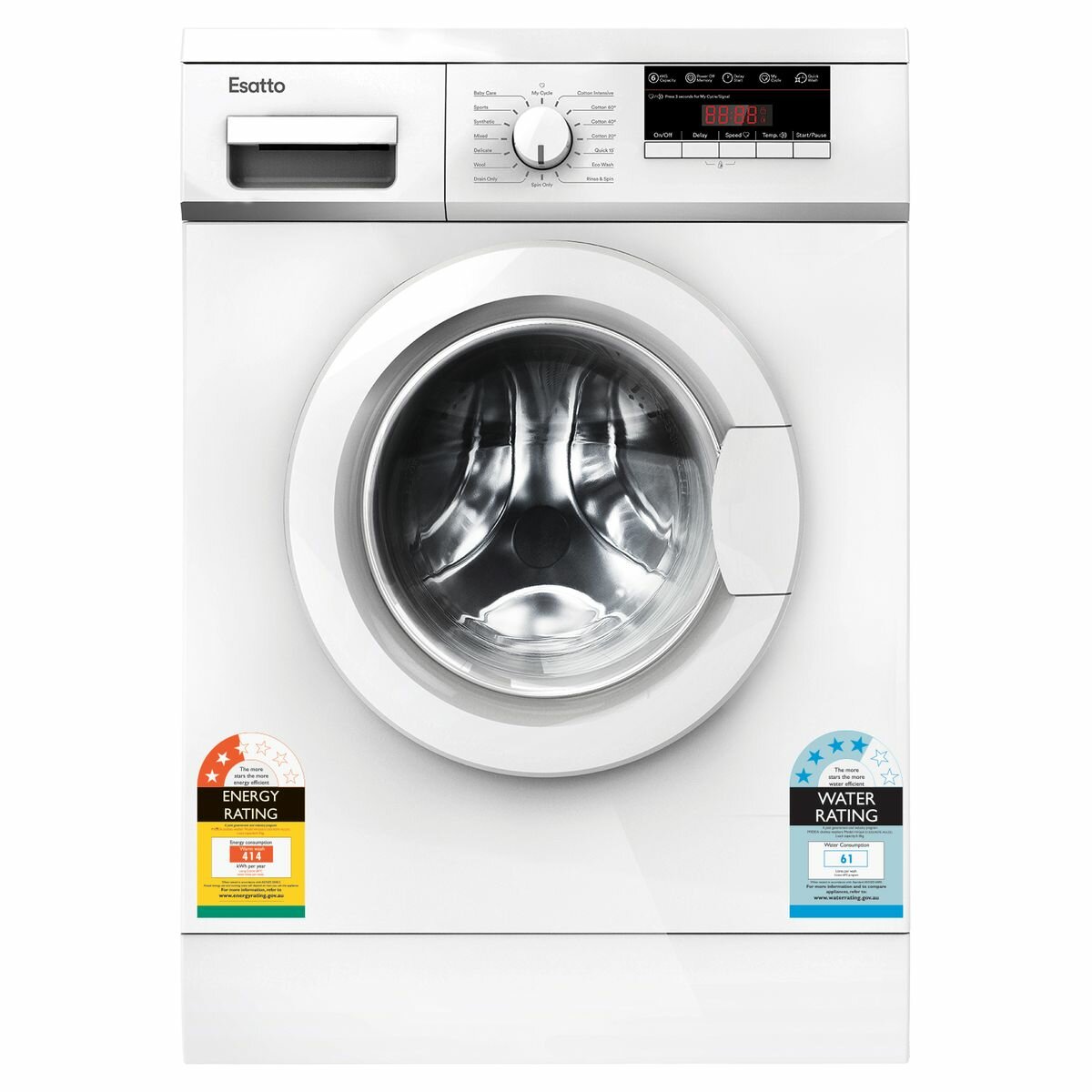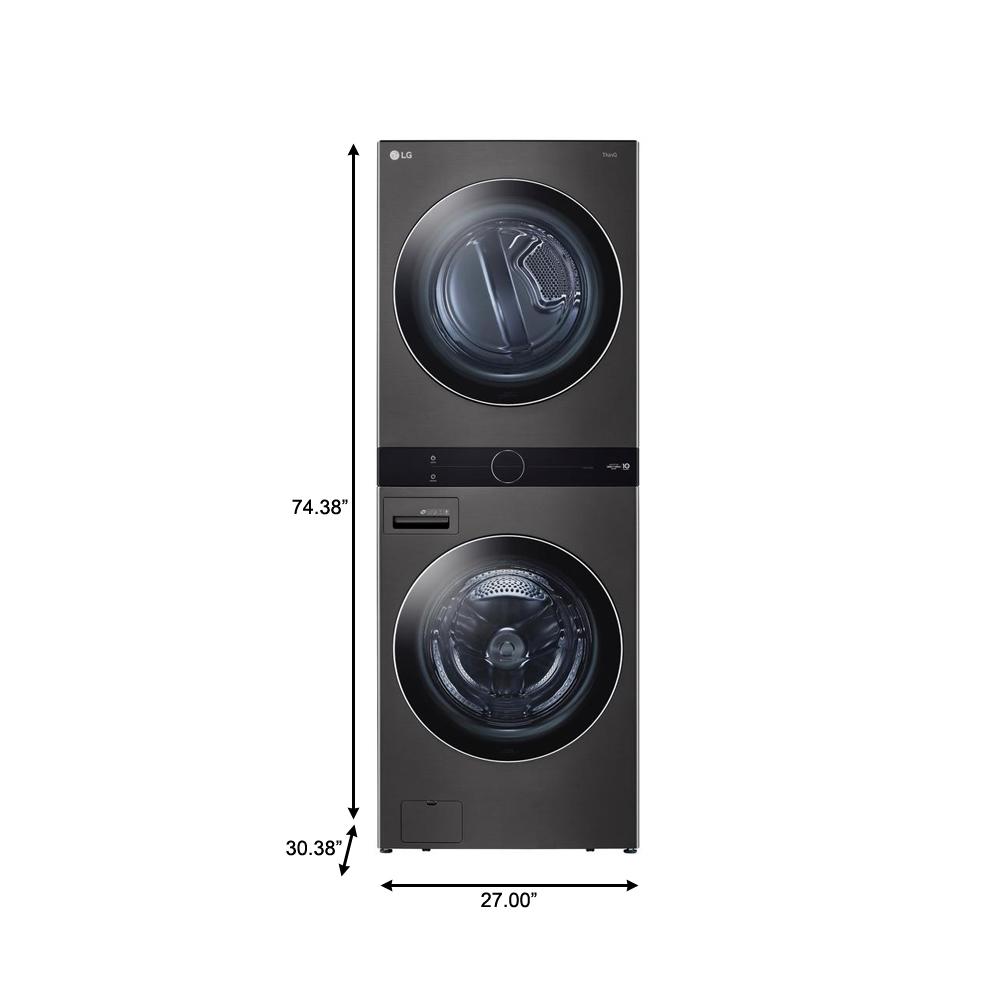FlexDry;
Two dryers in one give you the flexibility to dry delicates and everyday garments at the same time.
Delicate Dryer
Flat dry delicates, sweaters, and accessories to prevent shrinkage and fabric damage.
Multi-Steam Technology
Steam away wrinkles, odors, bacteria, and static.
Vent Sensor – Detects duct blockages and reminds you to clean your vent.
Wi-Fi Connectivity – Remotely monitor the remaining cycle time and receive alerts when the cycle is complete.
Eco Dry – Uses up to 25% less energy for every load.
Sensor Dry – Optimizes the time and temperature to dry clothes thoroughly, avoiding heat damage.
Smart Care – Troubleshoot straight from your smartphone.
Drying Rack on Upper Dryer – Flat dry to keep your items in the optimal shape.
Integrated Touch Controls – Stunningly sleek, contemporary design for the perfect blend of form and function.
Stainless Steel Drum – More durable and prevents scratches or nicks from metal zippers.
12+4 Preset Dry Cycles – Cover almost any drying need for your active family.
13+7 Options – Add the best option to your Dry Cycle to get more out of each load.
5 Temperature Settings – Various heat settings for all your drying needs.
Interior Drum Light – Put an end to stray socks or smaller laundry items.
7.5 cu. ft. Capacity – Fewer loads, less time in the laundry room, and more time for you.
Easy-to-read, distinctive Ice Blue LED Display.






by Afish
We’ve had our washer for about 3 weeks and so fa so good. The only problem we have with our set is the doors can’t be reversed. They are back to back so it means we’ll have to go around both doors to transfer clothes from the washer to the dryer.
by Lulu
love it, it is very easy to use. No noise is heard. I like the internet connection a lot because I can control it from where I am.
by Chris
This is a great dryer. I love the fact I could put a lot of cloth in there & it dries all of them.
by Stan
Great dryer. Both work well. Its very convenient have a second option to dry things
by Andrew
Efficient and durable product. The price was right. Installers knowledgeable and professional.
by Damac
Great gas dryer, but have one minus. You cannot operate gad drier by phone, only you can track cycle.
by Morgan
Washer is huge and I like the top smaller washer for a smaller load. So far it’s going good.